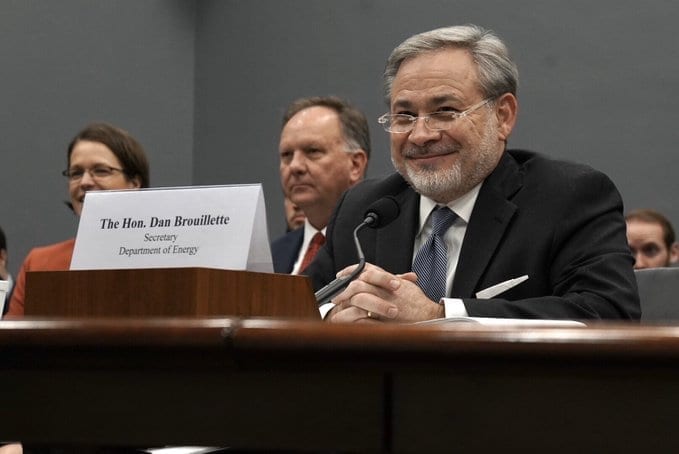
In a long-awaited report published this week, the Department of Energy estimated it could save up to $230 billion by lowering the classification level of certain radioactive waste from nuclear-weapons production — and while some neighbors of nuclear-cleanup sites…